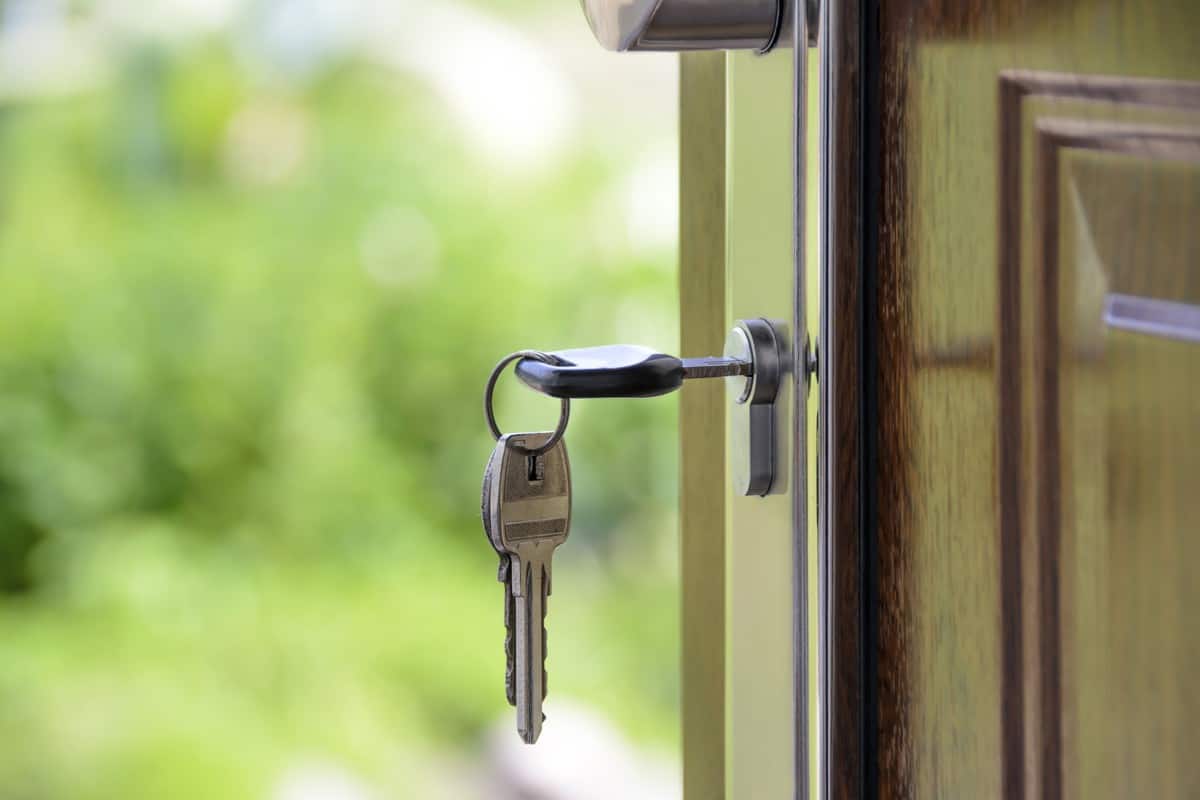Congratulations!
You’ve decided to stop renting and take the plunge and purchase a home. Deciding that you no longer want to rent can be really intimidating since it is a serious decision and is going to require an altered lifestyle to save up for this. To make it less overwhelming, here’s an overview of the steps needed to start saving for your home. There are 3 major steps that you need to take in order to get a clearer direction of where you’re headed:
- Assess Your Debt
- Payment Plan
- Choose Type Of Loan
Assess Your Debt
When purchasing your home, your lender is going to take a look at your debt and see if it’s worth giving you a loan. Having a lot of debt can raise red flags to your lender, so it’s best to face all of your debt and see how you can effectively pay it off, or significantly reduce it. In addition to paying off your debt, you will also be raising your credit score which will determine what kind of interest rate you’ll be receiving with your mortgage. By consistently paying off your debt in a timely manner, you are helping yourself in two ways. When looking at your debt, it is also important to see what takes priority. It might make more sense at the moment to tackle what has the highest balance, but it might be a smarter decision to prioritize what has the highest interest rate. If you have student loans at a 3% interest rate and a credit card that’s charging 20% interest, it makes more sense to pay off the credit card as quickly as possible because of all the money you could be saving not paying interest.
Payment Plan
If you have multiple credit cards that need to be paid off, create a payment schedule for each card and an amount that is manageable. If the minimum payment is all that you can afford at the moment, that’s fine. Continue paying what you can and once one of the cards has been paid off, add that amount to another credit card. For example, let’s say you have 3 credit cards and each of them having difference balance amounts, and you want to pay $100 for each billing cycle. Once you have paid one off, put that $100 towards another credit card and start paying $200 a month. Once that card has been paid, apply the $200 to your last card and you can rapidly pay off the rest of your credit card balance. After paying off your credit cards, you can now tackle any other outstanding balances you may have with more confidence and a higher credit score, which will in turn set you up for success when it comes time to meet with a lender for your mortgage. If you have student debt, you could refinance your student loans for a lower rate and save money during the life of your loan. Tackling your debt with confidence and a plan will make saving for your home that much easier.
Choose Your Type of Loan
Now that we’ve talked about paying off your debt, you’re going to need to start saving for a down payment on your home. While you might want to get a running head start on your savings plan and try to save every dollar possible, it’s much easier to sit down and think about how much you need to save and create a timeline of when you plan to have that amount. Choosing which type of mortgage you want will make the planning much easier because each type of mortgage requires different things from the potential homeowner and also provide different benefits. Here are the different types of mortgages that we’ll cover:
- 30-Year
- 15-Year
- 5/1 ARM
- VA Loan
- FHA Loan
30-Year Mortgage
A 30-Year mortgage is the most popular option out of all mortgages because it offers homeowners a lower monthly payment amount. Taking out a 30-Year mortgage means that you have 30 years to pay back the principal (the amount borrowed) in addition to the interest. The interest rate that comes with a 30-year mortgage is fixed, which means that you will have the same interest rate for the duration of your loan. It also means you won’t have to worry about your interest rate fluctuating and causing unpredictable financial changes that you weren’t prepared for. Because the timeframe to pay back the total cost of the loan is 30 years, the monthly payments are usually low. Because a 30-Year mortgage is a conventional loan, a down payment of at least 20% of the home’s selling price is required.
15-year mortgage
The 15-year mortgage is a less popular option and not as well-known as the 30-year mortgage, however there are multiple benefits that come with having a 15-year mortgage. Like the 30-year mortgage, the interest rate is also fixed for the duration of the loan, meaning that it also offers a sense of stability and eliminates the possibility of unwanted financial surprises. The biggest difference between the two is that with a 15-year, you have 15 years to pay back the total cost of the loan (the principal and the interest), which means that the monthly mortgage payments are slightly higher. If you are in good financial standing and can afford to pay a higher monthly payment, you will pay off your house in only 15 years. Not only will you have paid off your house in full, but you will also have saved a substantial amount of money in interest, which could mean tens of thousands of dollars in overall savings. The 15-year mortgage is also a considered a conventional loan, so a 20% down payment is required.
5/1 ARM
A 5/1 ARM is a mortgage that is a great option for homeowners whose main concern is having a low payment. “ARM” stands for Adjustable-Rate Mortgage and the “5/1” signifies that for the 5 years of the loan, the interest rate is low and fixed, but will change once a year after the 5 years pass. A 5/1 ARM is great for people who know that their current location will not be a permanent situation but want to have a home in the meantime. A great candidate for this type of loan is a military family. There can be uncertainty in their location and possibly be re-located in several years for their job, so having a low monthly payment and fixed interest rate for several years would be very beneficial to them. While a 5/1 ARM is considered a hybrid mortgage, meaning that it has both a fixed and an adjustable interest rate, a 5/1 ARM does also require a 20% down payment.
VA loans
If you have ever served in the United States military, you may be eligible for a VA loan. For a VA loan, you’re able to get a mortgage without a down payment. Usually, if one has to borrow more than 80% of the home value, it is required that they also get mortgage insurance just in case they default on the loan, but because VA loans are partially backed by the Department of Veteran Affairs (so long as the guidelines are met), mortgage insurance isn’t necessary. Although VA loans are endorsed by the Department of Veteran Affairs, these loans are not from the government, they are provided by a private lender.
FHA loans
An FHA loan is a loan insured by the Federal Housing Administration, who have been helping people become homeowners since 1934. FHA loans are beneficial because they typically do not require a large down payment, they have lower closing costs, and they have easier qualifying credit scores. For an FHA Home Loan, your down payment can be as low as 3.5% of the purchase price of the home and can be used to purchase 1–4-unit properties so long as it is also their primary residence. Because the FHA is an insurer, not a lender, you must get your loan through an FHA approved lender. Also, because a FHA Loan doesn’t require amazing credit, and only requires a minimum of 3.5% for the down payment, the borrower is also required to purchase mortgage insurance for their loan because the down payment is less than 20% of the purchase price and protects the lender in case the borrower defaults on the loan.
Overall Thoughts
Once you choose which mortgage you feel is the best fit for you and your finances, then you can calculate how much you’ll need. Decide how much you’re willing to purchase a home for and calculate 3.5%-20% of that and you’ll have your down payment. Next, take your down payment amount and divide it by how many months you want to save and that’s the dollar amount you’ll have put aside each month to have enough saved for your down payment in the timeframe that you want. Seeing how much you have to save on a monthly basis will make saving for your home more consistent and will help to keep you on-track towards a goal. While saving for your down payment, you might realize that the type of loan you had initially chosen wasn’t the best option and that’s completely fine. People’s circumstances change every day. The most important thing to learn from this is that staying on a schedule and having a plan is going to keep you on-track to meeting your financial goal. Everything might seem overwhelming at first, but if you start slow, you will get to where you want to be so long as you have a plan.



